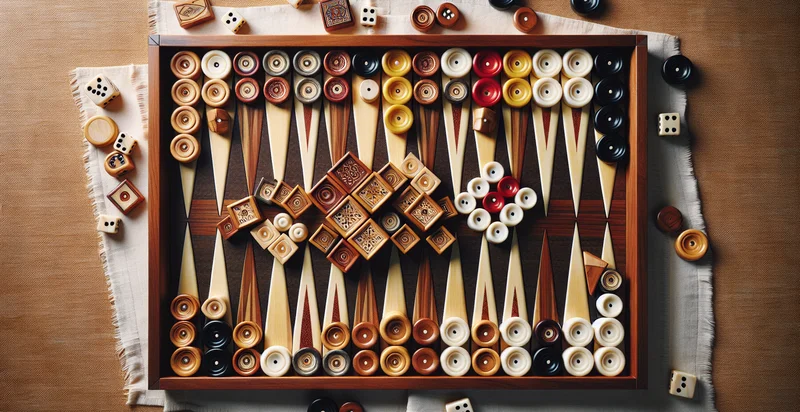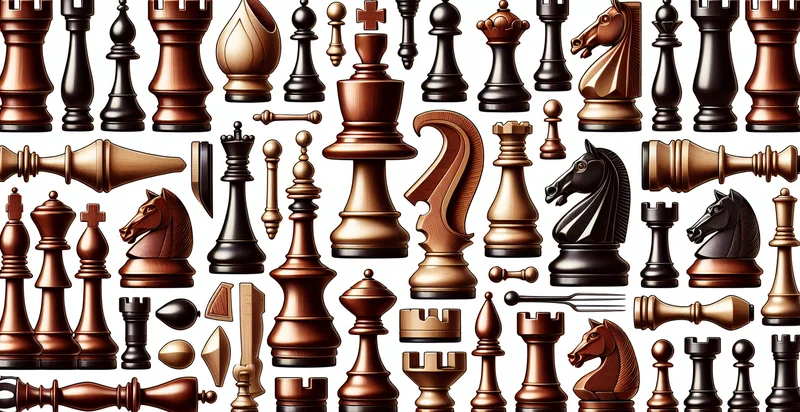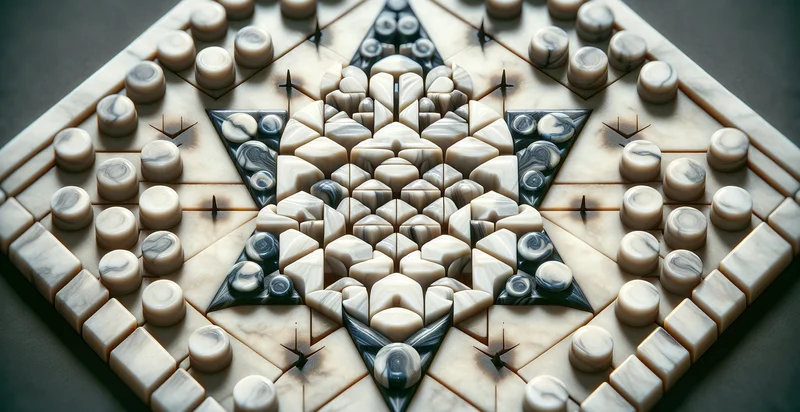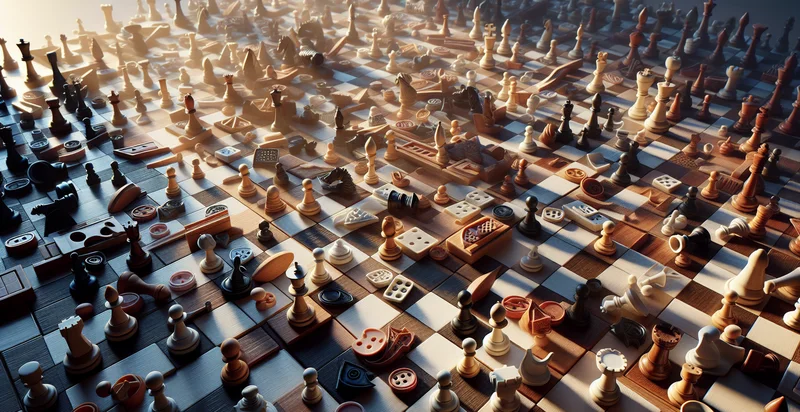Identify backgammon piece positions
using AI
Below is a free classifier to identify backgammon piece positions. Just upload your image, and our AI will predict the positions of backgammon pieces on the board - in just seconds.

Contact us for API access
Or, use Nyckel to build highly-accurate custom classifiers in just minutes. No PhD required.
Get started
import nyckel
credentials = nyckel.Credentials("YOUR_CLIENT_ID", "YOUR_CLIENT_SECRET")
nyckel.invoke("backgammon-piece-positions", "your_image_url", credentials)
fetch('https://www.nyckel.com/v1/functions/backgammon-piece-positions/invoke', {
method: 'POST',
headers: {
'Authorization': 'Bearer ' + 'YOUR_BEARER_TOKEN',
'Content-Type': 'application/json',
},
body: JSON.stringify(
{"data": "your_image_url"}
)
})
.then(response => response.json())
.then(data => console.log(data));
curl -X POST \
-H "Content-Type: application/json" \
-H "Authorization: Bearer YOUR_BEARER_TOKEN" \
-d '{"data": "your_image_url"}' \
https://www.nyckel.com/v1/functions/backgammon-piece-positions/invoke
How this classifier works
To start, upload your image. Our AI tool will then predict the positions of backgammon pieces on the board.
This pretrained image model uses a Nyckel-created dataset and has 20 labels, including Bar, Bearing Off, Hit, Home, Opponent Bar, Opponent Home, Opponent Outer Board, Outer Board, Point 1 and Point 10.
We'll also show a confidence score (the higher the number, the more confident the AI model is around the positions of backgammon pieces on the board).
Whether you're just curious or building backgammon piece positions detection into your application, we hope our classifier proves helpful.
Related Classifiers
Need to identify backgammon piece positions at scale?
Get API or Zapier access to this classifier for free. It's perfect for:
- Game State Analysis: This function can be employed in digital backgammon platforms to identify and analyze board positions for assessing gameplay efficiency. It can assist in evaluating strategies by providing insights into piece placements, allowing both players and AI opponents to make informed decisions.
- Training Tool for Players: Backgammon enthusiasts can use this function as a training tool to practice and improve their gameplay. By inputting different board positions, players can receive feedback on optimal moves and strategies based on identified patterns from prior games.
- Automated Game Review: This function can facilitate automated reviews of past backgammon games by identifying specific game states and moves taken. Coaches and players could leverage the analysis to pinpoint mistakes and suggest improvements based on identified fault patterns.
- Competitive Gameplay Monitoring: In competitive environments, this function can be used to monitor game states during matches to ensure compliance with rules and fair play. Integrating such diagnostics can enhance the integrity of tournaments by quickly identifying any potential irregularities in piece positioning.
- Game Simulation and Testing: Developers of backgammon-related applications can use this function to simulate various game scenarios by generating random piece positions and testing the system's AI response. This capability can aid in refining AI algorithms and ensuring smooth gameplay experiences for users.
- Educational Content Creation: This identifier can support the development of educational resources and tutorials to teach backgammon strategies. By classifying various board states, content creators can illustrate complex strategies through real-time examples, improving learners’ understanding.
- Augmented Reality Interfaces: In augmented reality (AR) applications aimed at enhancing physical board games, this function can identify piece positions to create interactive and engaging experiences. Players can visualize their games in 3D, and the function can offer advice or highlight strategic possibilities in real-time.


